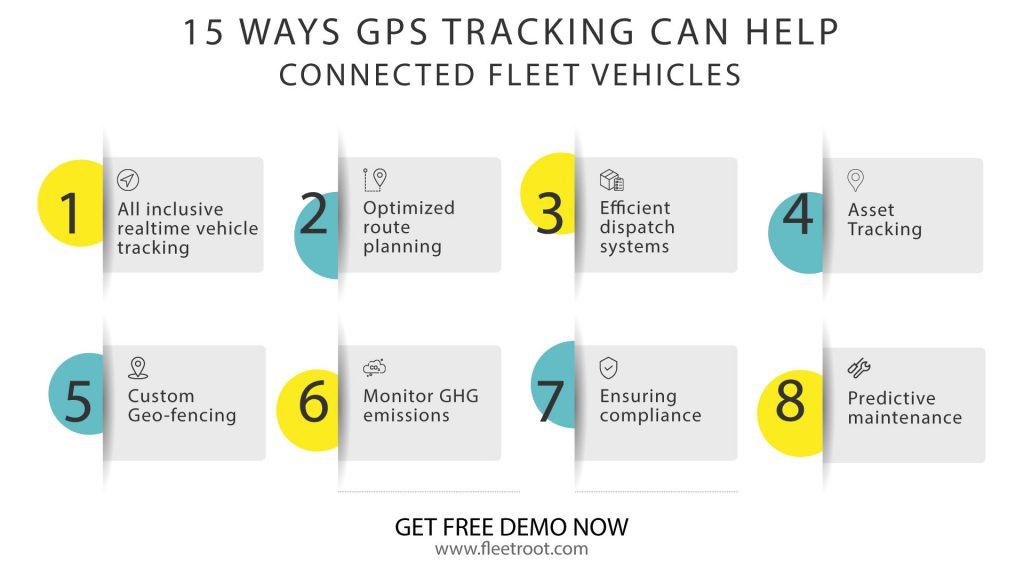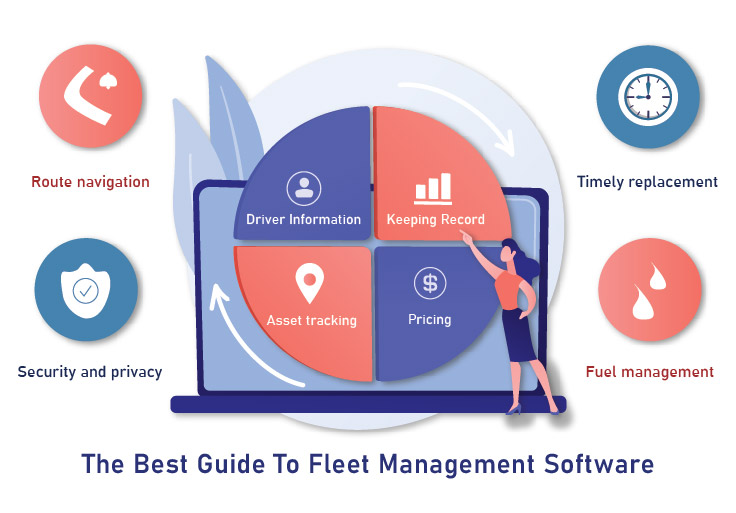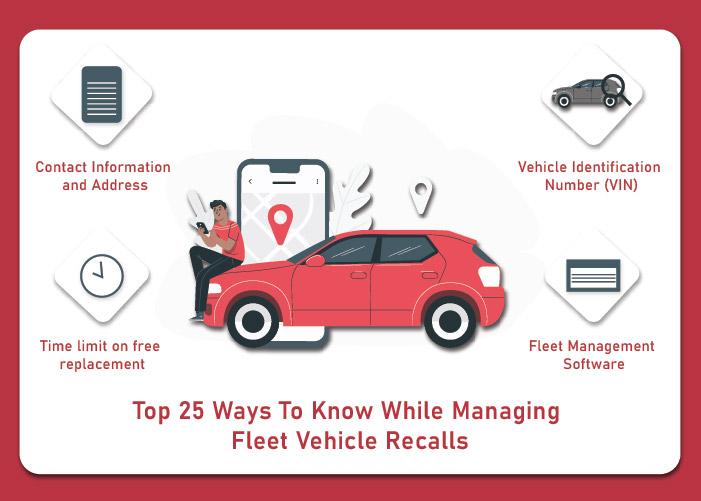Back in the 1990’s when GPS tracking technology was first adapted for commercial use, fleet owners could access both historic as well as real-time information on vehicle location, time, speed and direction.
At the beginning of the 21st century, improved machine to machine communications gave way to computerized dashboards on vehicles.
Today, thanks to advances in telecommunications, IOT based sensor parameters, high-speed internet and cloud computing, GPS Tracking for connected fleets has not only improved in accuracy but also dramatically expanded in scope.
Here’s a look at the many ways modern day GPS Tracking can help connected fleets:

1.All-inclusive real-time vehicle tracking: Fleet operators can login to a secure web-based application on their phone or desktop and track the entire journey of their vehicles- from the beginning to the end, and every inch in between. Dynamic mapping technology and vehicle status data can also help to make route corrections whenever required.
2.Optimized route planning: The route with the shortest distance is seldom the most efficient.
GPS Tracking technology can take into account sales territories, planned stoppages, vehicle characteristics, as well as on-ground information such as traffic and road conditions.
Consequently, optimal routes are selected which leads to reduced travel time, lesser miles covered, lesser number of vehicles used, and better utilization of employee work hours.
3.Efficient dispatch systems: This enables an automated and real time connectivity between drivers, customers and fleet operators, which ensures the best possible vehicle match between customer requirement, vehicle type and location.
4.Asset Tracking: It is now possible to attach sensors to valuable equipment or resources, and closely track their location, speed and the direction in which they are moving.
We can also detect road conditions and many environmental factors that could potentially affect their efficient movement.
5.Temperature monitoring: This is critical for vehicles transporting /delivering refrigerated or perishable goods.
Temperature sensors helps to monitor real time temperature within containers, and give out alert notifications every time a threshold limit is crossed, or if container doors are opened at the unauthorized locations.
6.Ensuring vehicle safety: Connected fleet vehicles can always be remotely detected while on the road, which is a deterrent to miscreants. But in the event that vehicle controls go into unwanted hands, specialized sensors can give out instant alarm notifications to fleet owners and help the police to track down the vehicle.
Advanced controls can even immobilize the engine, eliminating the possibility of actual theft taking place.
7.Preventing Un-authorized usage: When employees use vehicles for un-authorized purposes during off-hours, business can get seriously affected: The vehicle and company assets are put to risk, the possibility of reckless driving and accidents increases, which in turn leads to increased liability for the company.
To counter this, GPS tracking enables the monitoring of vehicles 24/7, and detailed analysis of historical route and mileage data, which helps fleet owners to identify defaulters.
8.Monitoring Fuel consumption: Reducing fuel expenses is a critical success factor for fleet operations. Fuel-level sensors on board a connected vehicle can indicate when, where and how much fuel was filled into a vehicle, along with fuel levels at any given time.
Coupled with vehicle performance parameters and driver behavior, this helps to detect possible reasons for excessive fuel usage.
9.Monitoring vehicle performance: Today, most vehicles are equipped with CAN-Bus systems, which helps to digitally control all the key aspects of a vehicle.
The modern-day GPS tracking system integrates with the CAN-Bus interface, allowing access to all the vital stats of the vehicle, viz., RPM, odometer readings, engine faults, water temperature, oil temperature and pressure, gear performance, and more.
Fleet owners can hence determine issues before hand and initiate timely action to safeguard vehicle integrity and performance.
10.Tracking Driver Behavior: The repercussions of harsh driving, especially in the case of heavy fleet vehicles can be very serious. Hence fleet vehicles are equipped with sensors to detect excessive speeding, aggressive braking and abrupt turns. This information helps fleet owners to determine specific training requirements of the drivers.
Beep alerts as well as real time feedback notifications are relayed to drivers, which direct them to promptly correct their behavior.
11.Remote Diagnostics: Modern fleet vehicles can potentially give out a vast array of faults, ranging from the critical to the not-so-critical.
A remote diagnostic system helps to make sense of this data and prioritizes action by making use of fault code action plans, dynamic mapping and an alert notification system that also gives the location of the nearest service center so that critical issues can be promptly addressed.
12.Custom Geo-fencing: GPS tracking offers the facility to create virtual perimeters around work sites, that trigger automatic alerts to fleet managers as well as customers, every time a vehicle crosses it. This encourages field personnel to adhere to their work schedules, and also facilitates accurate billing to the clients.
13.Monitor GHG emissions: Increased idling is one of the major causes for high levels of GHG emissions. Modern GPS tracking can determine emission levels for given vehicle run-time and fuel type.
Fleet owners can take requisite actions such as ensuring proactive maintenance, reducing idle time, and choosing the right size fleet to ensure better capacity utilization, which can help to reduce the carbon footprint.
14.Ensuring compliance: GPS tracking makes it possible to record and transmit ELD, IFTA and DVIR data via a single platform, thus ensuring that all regulatory requirements for the fleets are addressed.
15.Predictive maintenance: By studying vehicle down-time reports, vehicle health parameters, along with driver behavior data, fleet operators are able to predict performance issues before time.They can then lay out service and maintenance schedules in such a way that impending issues are addressed in time.
In conclusion, modern day GPS tracking coupled with a well-designed fleet management software, can equip fleet owners with data, in-depth analysis and timely insights at their fingertips, which can help them ensure safe, reliable and cost-effective operations for their business.




